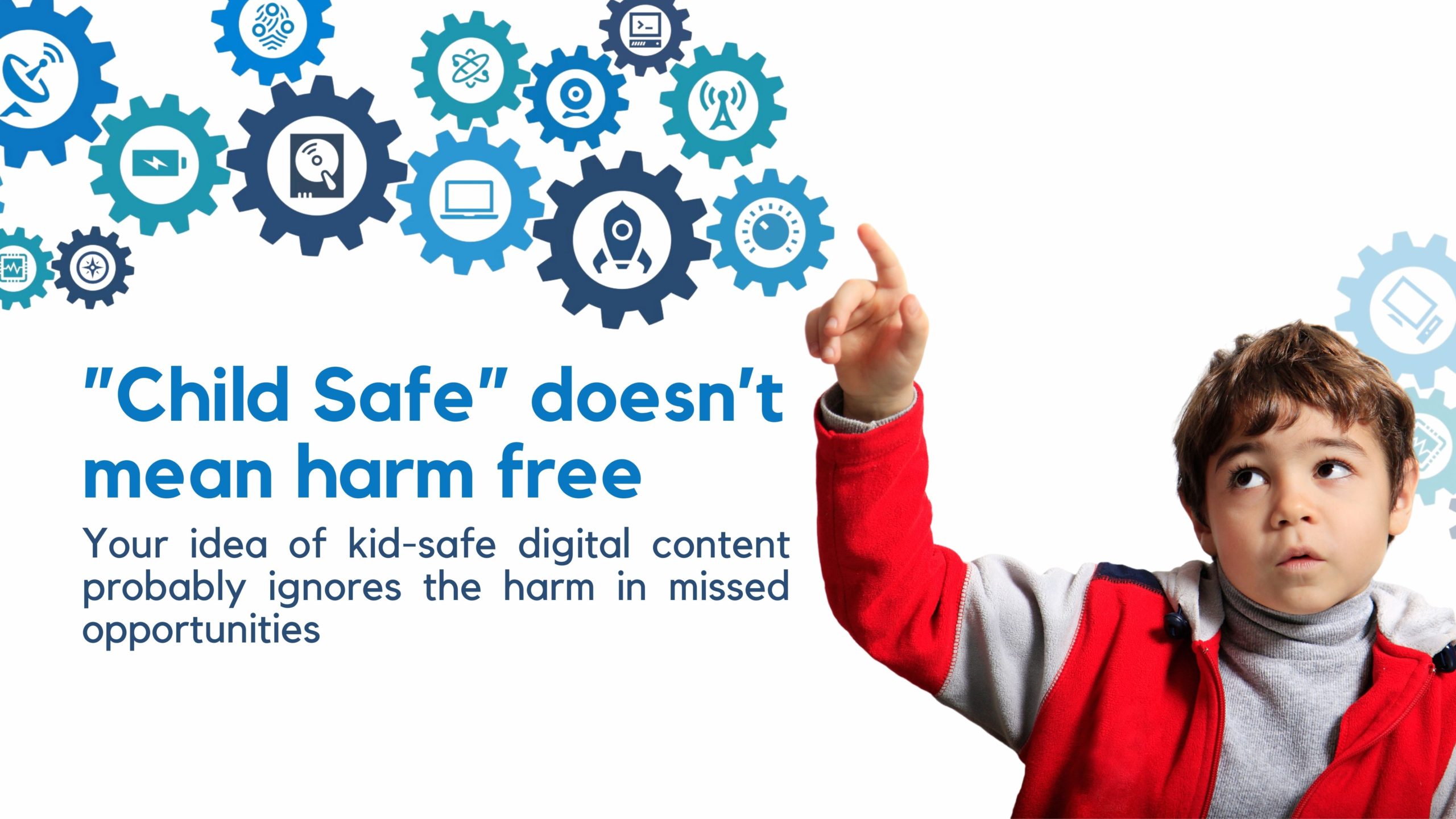

However, what if we had a list of encouraging alternatives to Have a Good Day that set our kids up for the best they can be? More often than not we are stumbling for words and we mutter a “Have a Good Day” as our children stumble out away from us. With anxiety high, worry looming, and everyone rushing, sometimes even the best intentions come out wrong and we leave our kids with words that might not be the most encouraging to start their day.
Child safe synonym pdf#
You can download the PDF version of this list here to print and use as a teaching resource.Have you ever noticed that it doesn’t matter if your kids are in kindergarten or high school, getting out the door in the morning and on to school is never an easy task? In fact, its one of the most frustrating routines in most families and can cause a lot of disconnect. You can use this list as a teaching tool when advancing vocabulary.įinally, If I were to add a 6th core emotion, it would be calm, so the following is a list of emotive words for calm. This list breaks down how more complex emotive words can be categorized under five core emotions. If you’re teaching kids about their emotions, this is a great starting point.Ĭhildren need to be able to identify their basic emotions before learning more complex emotive words such as frustration, or anticipation, for example. List of Primary EmotionsĪs mentioned, the primary or core human emotions are: But there are many other ways to help children learn about feelings, too. Social-emotional learning programs, such as the Zones of Regulation or Think Social! can help with this. These kids need to learn about specific emotions in detail, with no room for confusion. Basically, emotions are taught the same way schools teach academic skills like math and literacy. Some children continue struggling to identify their emotions and benefit from explicit teaching. We name our toddler’s feelings for them, provide comfort, set boundaries, and over time this knowledge comes naturally to many kids.īut, it doesn’t come as quickly to others. In early childhood, most of what kids know about emotions is learned by observing parents, caregivers, and peers. Until then, they rely exclusively on co-regulation strategies.

Once children develop recognition of their emotions, they can start learning regulation. That’s part of the reason why toddlers are prone to tantrums and emotional outbursts so frequently. But, it’s not until much later that children can identify what they are feeling and why. Teaching Emotions to Kidsįrom the moment we are born, we have the ability to experience emotions. They are as follows:Īs you can see, the majority of these emotions are too complex for children, and some of the core emotions, like happiness and sadness, aren’t even on this list. List of EmotionsĪccording to research conducted by the University of California, Berkeley, there are 27 distinct categories of emotions. Let’s look at that list of 27 emotions that we first talked about. Later, you can progress to teaching more complex emotive words as your child better understands their feelings. No child, or even adult, is going to be able to identify 34,000 emotions, and even 27 is way too many for a child to be able to distinguish and understand.įive core emotions is a much simpler concept to teach children. This makes it much easier to teach children about their feelings in a relatable, tangible way.
Child safe synonym movie#
What’s great about this concept is that these five core emotions are the same five emotions/characters from the Disney Pixar movie Inside Out. Discrete Emotion Theoryĭiscrete emotion theory suggests there are five core emotions and thousands of emotion-related words, which are all synonyms or describe varying intensity levels of these core emotions. I want to introduce you to a more straightforward concept that I prefer when teaching emotions to children-the Discrete Emotion Theory. We’ll take a look at that list of 27 emotions in a moment – but first. On top of that, we can experience more than one emotion simultaneously. One scientific study claims there are 27 distinct emotions that humans experience. Did you know that there are actually over 34,000 different motive words? Yikes.īut how many different emotions are there?


 0 kommentar(er)
0 kommentar(er)
